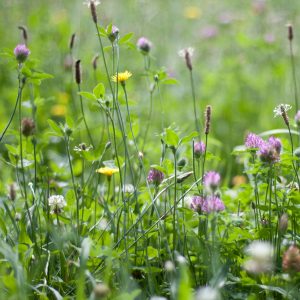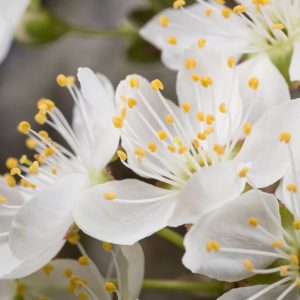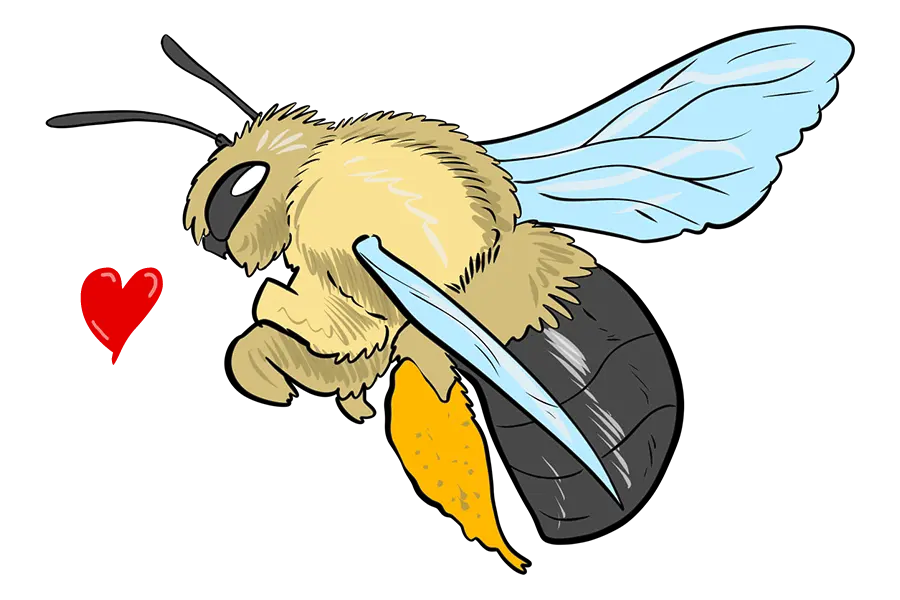 It’s that time of year again! We’re all looking forward to spring, and so are our buzzing pollinator friends. Now is the time to begin planning your bee garden (or adding to your existing bee garden!) Many wildflower seeds may be sown in early spring, when frequent rain showers (depending on your area) will help your seeds along.
It’s that time of year again! We’re all looking forward to spring, and so are our buzzing pollinator friends. Now is the time to begin planning your bee garden (or adding to your existing bee garden!) Many wildflower seeds may be sown in early spring, when frequent rain showers (depending on your area) will help your seeds along.
Depending on the amount of space you have available, there are various resources to help you find the perfect flowering plants for your area and your pollinators. Keep in mind that, whenever possible, native plants are your best choice, as native pollinators have evolved partnerships with native plants over time, and our native bees (around 4,000 species in North America) need our help planting safe (please no pesticides!) plentiful forage.
It’s also good to plant long-flowering species, and to mix things up so that there’s always something in flower in your pollinator garden. Bees favor purple/violet/blue colors, and also white and yellow.
The Xerces Society for Invertebrate Conservation has excellent North American pollinator resources. Professor Dave Goulson at the University of Sussex (UK) also put together a list of his favorite garden flowers for bees, and it’s well worth checking out! And I just saw this new list today: 10 best early spring flowers for pollinating insects… very pretty photos too :)
 I’ve personally benefited from living in a place fairly rich with existing pollinator-friendly plants: apple, pear, plum, and cherry trees; rhododendrons and azaleas; crocus, wild carrots and thistles; and of course, dandelions and clover. But last year, I chose to dig up a sizable portion (about 2,500 square feet) of our lawn out back, in order to replace it with a wildflower meadow (previously I’d just let a large part of the lawn go unmowed, but I was tired of waiting for wildflower seeds to drop in and naturalize, so I decided to give them a helping hand!) I wrote a mini-article about creating your own wildflower meadow based on my initial experience in 2014. This year, I’m planning to add perennials to my existing annuals!
I’ve personally benefited from living in a place fairly rich with existing pollinator-friendly plants: apple, pear, plum, and cherry trees; rhododendrons and azaleas; crocus, wild carrots and thistles; and of course, dandelions and clover. But last year, I chose to dig up a sizable portion (about 2,500 square feet) of our lawn out back, in order to replace it with a wildflower meadow (previously I’d just let a large part of the lawn go unmowed, but I was tired of waiting for wildflower seeds to drop in and naturalize, so I decided to give them a helping hand!) I wrote a mini-article about creating your own wildflower meadow based on my initial experience in 2014. This year, I’m planning to add perennials to my existing annuals!
For those of you with much smaller spots, such as a balcony, there’s plenty you can do too… including your own mini-meadow! I recently ran across this fantastic blog, which describes someone’s experiences creating a balcony-sized pollinator paradise :)
 And for those of you in the U.S. who’d like a mobile app, I highly recommend Wild Bee ID… it’s an amazing resource! It includes guides introducing native bees, along with their nesting habits and lifecycle variations, as well as guides to creating wild bee gardens and to recognizing native bees (all the guides include illustrative photos too!) Then for each bee, you get beautiful photos, details of its characteristics (including distribution, emergence time, nesting habits, and more), and links to flowers that it visits. Similarly for each flower, you get info about its native regions, bloom time, height, exposure, water requirements, and other details. I love the quick cross-referencing between specific bees and the flowers they visit!
And for those of you in the U.S. who’d like a mobile app, I highly recommend Wild Bee ID… it’s an amazing resource! It includes guides introducing native bees, along with their nesting habits and lifecycle variations, as well as guides to creating wild bee gardens and to recognizing native bees (all the guides include illustrative photos too!) Then for each bee, you get beautiful photos, details of its characteristics (including distribution, emergence time, nesting habits, and more), and links to flowers that it visits. Similarly for each flower, you get info about its native regions, bloom time, height, exposure, water requirements, and other details. I love the quick cross-referencing between specific bees and the flowers they visit!
A note to end on (if you’re interested in reading about the positive trends in gardening): Asking more of the Landscape (New York Times). At Plant-O-Rama (a bellwether for trends in the garden world since its founding in 1997), keynote speaker and ecologist Douglas Tallamy said “In the past, we have asked one thing of our gardens: that they be pretty. Now they have to support life, sequester carbon, feed pollinators and manage water.”
If you’ve run across indispensable resources for creating pollinator gardens, send me a tweet so that I can add to these! I’d love to see photos of your new pollinator garden project too :) As more and more of us create diverse pollinator habitats, we’ll all benefit by providing our pollinator partners with safe forage and nesting habitat. Here’s to a buzzy 2015!
Posted January 29th, 2015 • Updated • By Elise Fog

